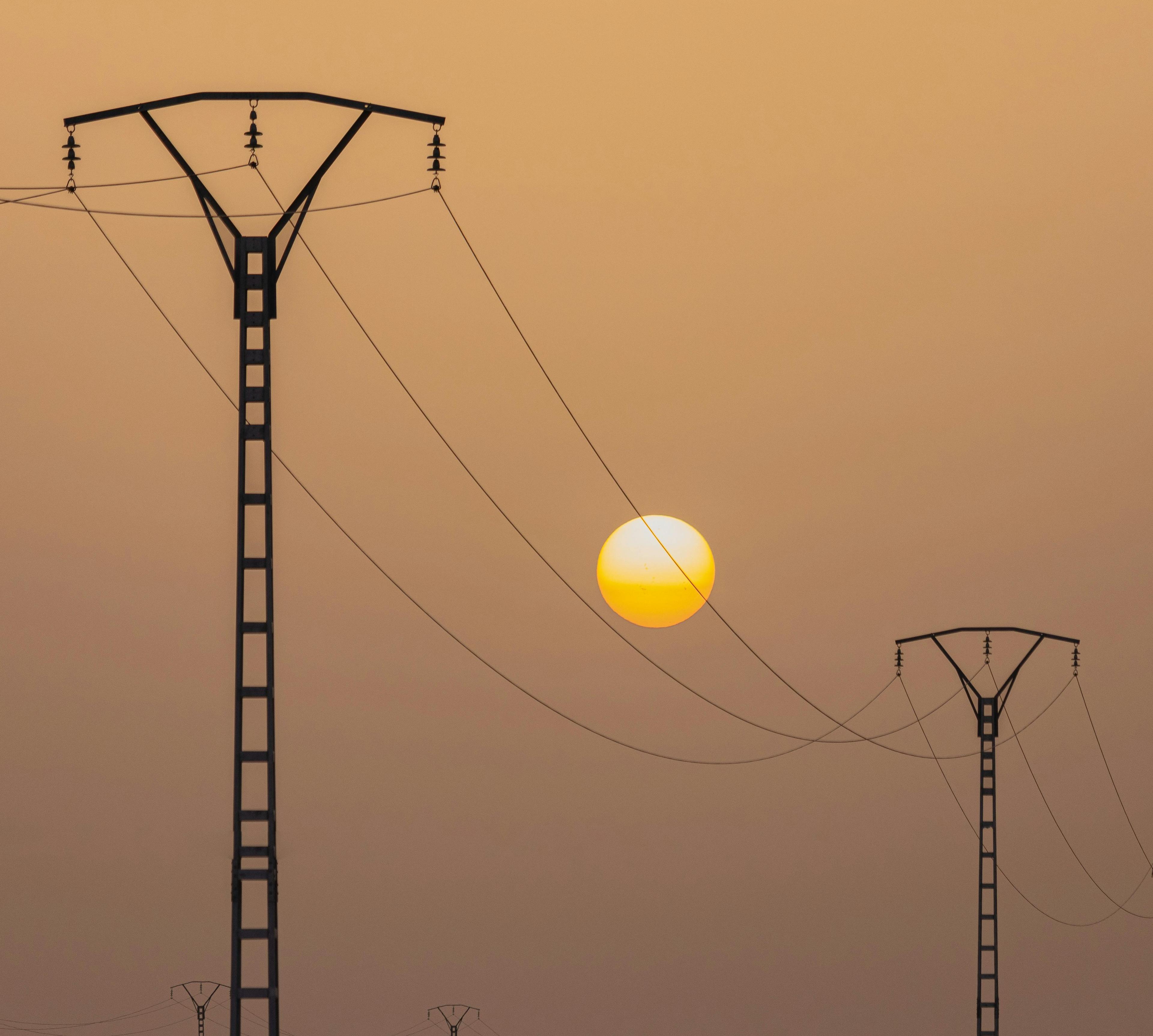
DAR ES SALAAM, Tanzania (Enmaeya News) — African leaders at the Mission 300 energy summit in Tanzania called for increased investment in aging grid infrastructure to expand electricity access and address widespread power outages affecting major economies like Nigeria and South Africa. The initiative, launched by the African Development Bank and the World Bank, aims to connect 300 million people to electricity by 2030 through national grids and local mini-grids powered by renewables. With an initial commitment of $40 billion, contributions from institutions such as the Asian Infrastructure Investment Bank and the Islamic Development Bank have pushed funding beyond $50 billion. Twelve African countries have presented detailed national energy compacts outlining strategies to scale up renewable energy, improve grid stability, and attract private sector investment. Leaders emphasized the need for a diversified energy mix, robust transmission infrastructure, and better-maintained distribution networks to ensure reliable electricity access for development in healthcare, education, and industry.
Off-grid solar solutions are also seen as a crucial component of achieving the Mission 300 goals, particularly in rural areas where extending traditional grids is costly and slow. Experts highlighted that decentralized renewable energy (DRE) options, such as solar and battery storage, provide a faster and more cost-effective means of electrification. Nearly 400 million people in Africa are expected to gain electricity access through off-grid solar by 2030. The summit also underscored the importance of private-sector investment in delivering clean energy solutions, with development banks offering risk-reduction mechanisms to attract investors. Experts stressed that shifting towards renewables requires substantial financial support and regulatory stability to encourage large-scale investment in Africa’s clean energy transition.



